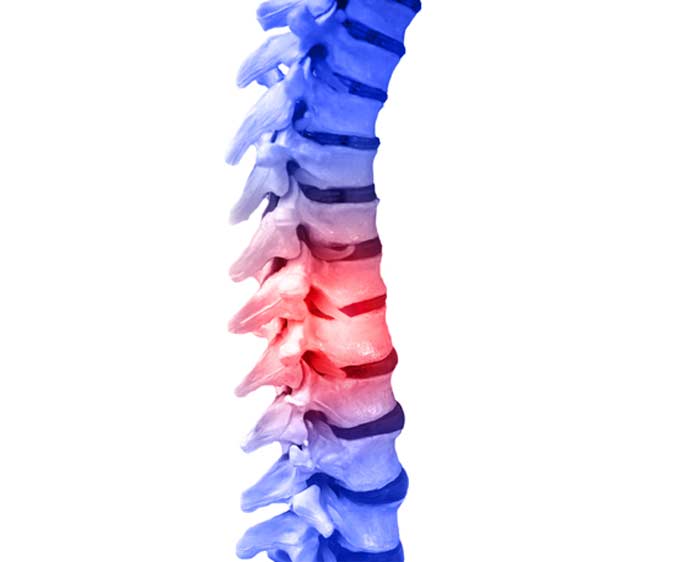
A nerve root block can help to relieve pain.
Chronic arm or leg pain can cause individuals to experience limitations in normal daily activity or overall comfort. Such conditions may be responsive to certain therapeutic measures designed to control or manage pain.
Oftentimes, nerve pain is the result of inflammation and can be managed with the introduction of steroids or other anesthetics to allow the area to heal. In cases where the pain follows a specific path, an individual could be a good candidate for having a nerve root block performed.
What’s Involved in the Procedure?
The purpose behind the treatment is to administer an anesthetizing agent into the root of a nerve. This is done by inserting a needle with radiological guidance. The goal is to reduce or eliminate painful sensations being emitted from a specific nerve root branching off from the spinal cord. At times, a block may be performed in order to make a diagnosis. If the block helps, then it can confirm a problem with that particular nerve. People who could benefit from a block may have pain caused by a number of issues, including:
- Peripheral neuropathy
- Nerve compression syndrome
- Nerve damage due to trauma
- Herniated discs


What’s Important to Know
Not everyone will be a good candidate for a nerve root block. For example, some people taking certain types of medications, such as blood thinners, may not be able to have the procedure guyuyyuuudone. Some health issues or infections also need to be considered before the treatment can be performed.
If the block is recommended, a patient can expect recovery to be brief, although temporary numbness or weakness may occur in the area receiving the injection. The actual injection site may also feel sore following the procedure. Generally, however, most people are able to go home shortly after the block has been performed and can resume a normal diet and activity level within a few hours. In some cases, walking could be temporarily affected, and patients are typically kept under medical supervision until that resolves itself.
What to Expect at the Appointment
Most of the time, this is an outpatient procedure. The patient will be asked to lie on the stomach to expose the back. Depending on each person’s circumstance, there may be relaxing medications given to reduce anxiety. A local anesthetic is given at the injection site to minimize discomfort.
Not every instance of nerve pain warrants a block. A consultation will allow each matter to be explored to determine if lifestyle changes, a nerve block, or even surgery could be warranted. The primary goal is to identify the potential problem and find an appropriate solution. This means everyone’s experience and eventual outcome will be the result of individual circumstances, including overall health and each person’s response to treatment. If a block is recommended and produces positive results, then the medical professional and patient can discuss future appointments and their benefits as time goes on. Whenever a block produces a relief from symptoms, someone is that much closer to reclaiming their desired quality of life.
